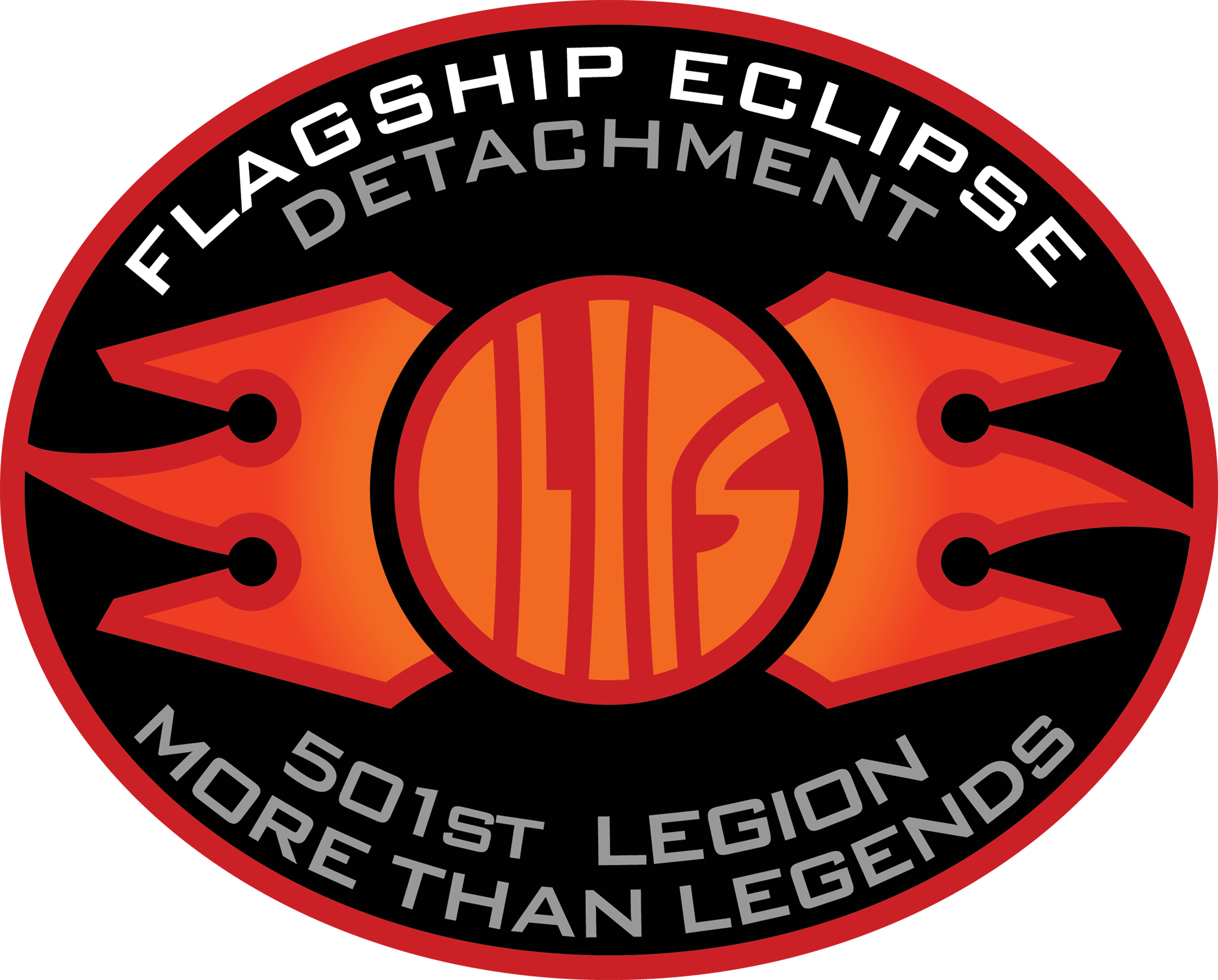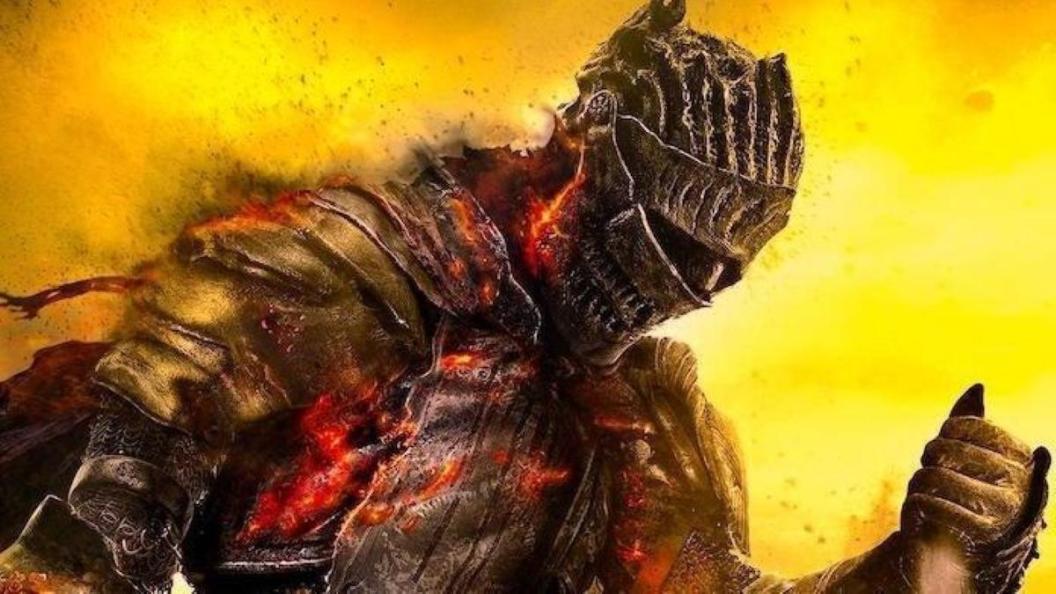
Through demanding combat, intricate world design, and a unique approach to storytelling, the Dark Souls trilogy fundamentally altered the landscape of video games. Across three games, FromSoftware crafted hauntingly beautiful yet decaying worlds that tested player resolve at every turn, demanding patience, precise skill, and an acceptance of brutal failure as part of the learning process. Integral to this legendary status are the boss battles. Beyond simple roadblocks, these encounters serve as narrative peaks, emotional gut punches, and meticulously designed trials pushing players to their limits. As a result, facing down towering knights, grotesque demons, or fallen gods in Dark Souls became a defining experience for many gamers, etching unforgettable moments into their memory.
Identifying the absolute best bosses across Dark Souls 1, Dark Souls 2, Dark Souls 3, and their essential DLCs requires careful consideration. The encounters that stand tallest masterfully blend compelling gameplay mechanics, significant emotional impact derived from the series’ rich lore, and outstanding presentation, encompassing everything from visual design to iconic musical scores. With that in mind, here’s our ranking of the top ten bosses that exemplify the pinnacle of FromSoftware’s design craft within the Dark Souls trilogy.
10) Great Grey Wolf Sif

Encountered in Dark Souls 1, Great Grey Wolf Sif earns a place on this list primarily through profound emotional weight, which overshadows the fight’s relatively straightforward mechanics. Gameplay-wise, Sif attacks using a massive greatsword held precariously in its mouth, forcing players into a pattern of dodging wide, sweeping strikes. While mechanically sound for a beast fight, the truly defining element occurs when Sif’s health dwindles. The great wolf begins to limp noticeably, struggling to continue the battle — a visual cue designed to make players hesitate, transforming the final moments from triumphant victory into a sorrowful duty.
This potent emotional impact stems directly from Sif’s deep loyalty to the fallen Knight Artorias. The wolf faithfully guards its master’s grave within a serene, moonlit clearing, protecting the Covenant of Artorias ring essential for traversing the Abyss, seemingly to prevent others from suffering Artorias’ dark fate. This narrative context immediately casts the player as an aggressor against a noble guardian. Furthermore, the effect is significantly amplified for those who completed the Artorias of the Abyss DLC beforehand, potentially having rescued a younger Sif in the past. The beautiful, somber arena and Sif’s iconic design complete the presentation, powerfully elevating the fight beyond core mechanics through compelling storytelling.
9) Gwyn, Lord of Cinder

As the final boss of the original Dark Souls, Gwyn, Lord of Cinder, holds a unique position, often recognized more for thematic importance and atmosphere than raw gameplay challenge. On one hand, Gwyn fights with incredible speed and aggression, relentlessly pursuing the player with fiery sword attacks and grabs that demand precise timing and careful stamina management. Engaging him directly results in a tense, challenging duel against the diminished god clinging to a fading age. However, Gwyn possesses a famous vulnerability: he is highly susceptible to parrying. Players proficient with this mechanic can interrupt most of his attacks, potentially trivializing the encounter and leading to a swift victory.
Nevertheless, Gwyn’s lasting impression comes from the fight’s powerful emotional resonance, driven largely by its iconic, melancholic piano theme. This simple melody starkly contrasts typical bombastic boss music, perfectly capturing the tragedy of a once-mighty figure now hollowed and burning. Battling him in the desolate Kiln of the First Flame arena enhances this somber mood, making the encounter a poignant conclusion shaped by atmosphere and lore.
8) Lothric & Lorian, Twin Princes
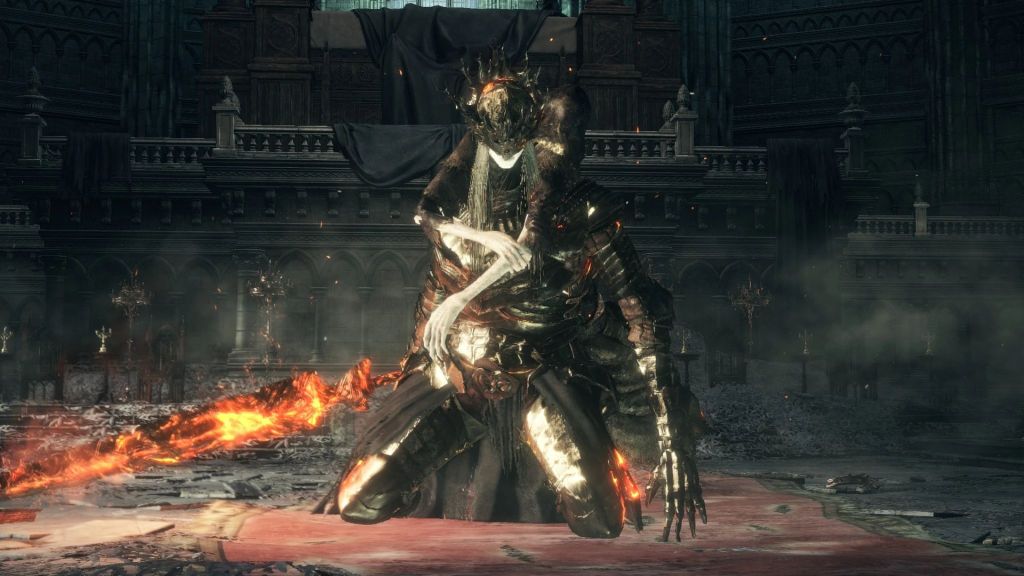
The Dark Souls 3 encounter featuring brothers Lorian and Lothric provides a standout experience due to unique cooperative mechanics deeply integrated with their lore. Lorian, the elder prince wielding a flaming greatsword, teleports unpredictably, making him difficult to track. Adding to the chaos, Lothric, the younger prince, rides on Lorian’s back during the second phase, contributing magical support and, crucially, reviving Lorian after defeat. Lothric’s chilling line, “Rise, if you would…” often punctuates this revival, forcing players to manage both threats simultaneously in an intense, strategic battle.
[RELATED: 10 Best Soulslike Games Not Made By FromSoftware]
The princes’ backstory provides significant emotional depth, adding layers to the confrontation. Lothric rejected his destiny to link the First Flame, choosing instead to share a curse with his devoted brother Lorian, who became crippled protecting him. Their unbreakable bond and defiance against fate create a tragic narrative dimension, making the fight feel less like slaying monsters and more like confronting individuals with their own history. Lorian’s teleportation is visually distinct, and the exceptional musical score, featuring a prominent violin, captures both their grandeur and tragedy, resulting in a mechanically engaging and emotionally resonant battle.
7) Abyss Watchers
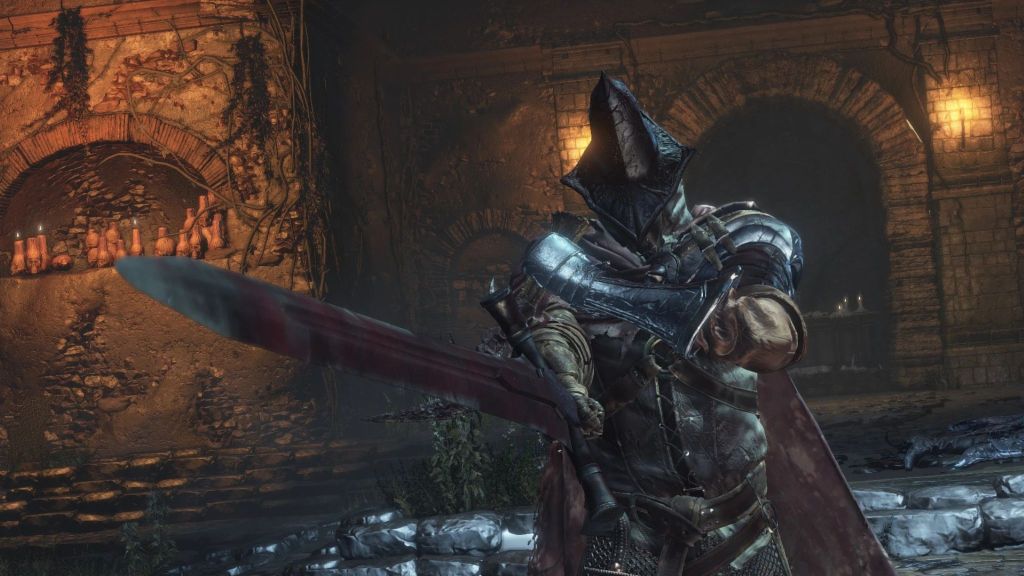
Marking the first true Lord of Cinder battle in Dark Souls 3, the Abyss Watchers encounter is widely celebrated for its innovative mechanics and strong aesthetic presentation. The fight begins against a single Watcher, but others soon rise to join the fray. Crucially, not all Watchers are hostile solely to the player. Driven by their unending duty to fight the Abyss, even within their own ranks, some Watchers will attack each other. This creates a dynamic, chaotic battlefield where players can sometimes use the infighting to their advantage before depleting the Watchers’ shared health bar triggers a dramatic second phase.
In this phase, the main Watcher absorbs the power of his fallen comrades, imbuing his sword with fire for a much more aggressive, relentless moveset that shifts the fight to an intense one-on-one duel. The lore adds a powerful undercurrent to this spectacle. The Watchers, heirs to Artorias’ legacy, are sworn to contain the Abyss but have become corrupted by it, locked in eternal combat. Their distinctive pointed helmets and flowing capes evoke Artorias, while the arena, littered with their corpses, reinforces their tragic fate. During the fight, the musical score evolves from somber to heroic, perfectly matching the gameplay shift and solidifying the Abyss Watchers as a memorable encounter blending unique mechanics with unique atmosphere.
6) Soul of Cinder

Positioned as the final boss of the Dark Souls 3 base game, the Soul of Cinder represents a thematic conclusion combined with a mechanically diverse challenge. During the first phase, the Soul of Cinder cycles through multiple distinct fighting styles mirroring classic player builds — utilizing a straight sword, a curved sword with pyromancy, a sorcery staff, and a spear — forcing constant adaptation from the player. The transitions between these styles are smooth, keeping the pressure relentlessly high until the second phase brings a dramatic shift. Here, the boss fully embraces Gwyn’s legacy, adopting the moveset from the original Dark Souls final boss.
This intense duel demands precise dodging and timing, its impact heightened by the return of Gwyn’s iconic theme music, a moment providing powerful nostalgia and sadness for series veterans. The Soul of Cinder is an amalgamation of all previous Lords who linked the Flame, including Gwyn himself, and lore-wise even past player characters from previous games, making the fight feel like a battle against the Dark Souls legacy itself. The imposing, ember-forged design of the Soul of Cinder, the clear visual shifts between styles, and the desolate Kiln of the First Flame arena create a suitably epic and somber backdrop for the trilogy’s final conflict.
5) Manus, Father of the Abyss
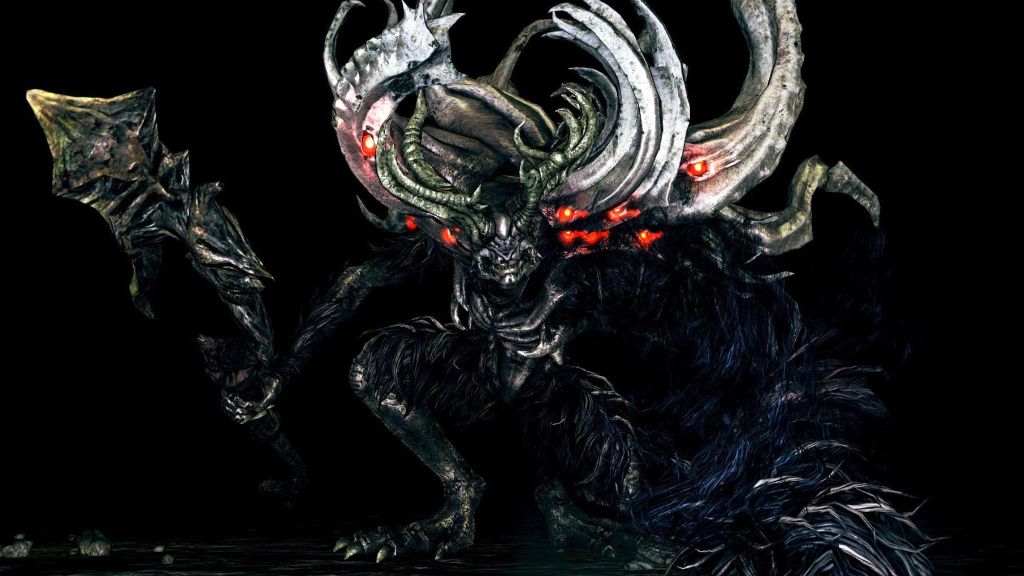
Serving as the final boss of Dark Souls 1‘s acclaimed Artorias of the Abyss DLC, Manus stands as one of the trilogy’s most formidable and terrifying encounters, defined by relentless, primal aggression. His combat involves a ferocious, often erratic combo-heavy moveset using his massive catalyst hand, covering wide areas and leaving few safe openings while severely punishing player greed. The second phase introduces barrages of powerful Dark magic, necessitating specific countermeasures like the Silver Pendant artifact or expert dodging. Despite the intense difficulty, the fight is generally considered fair, rewarding mastery of spacing and attack windows rather than simple endurance. The option to summon a young Sif adds an interesting tactical wrinkle and a touch of hope to the brutal confrontation.
The encounter’s narrative significance stems directly from Manus’s central role in the DLC’s lore. Revealed as the Primeval Man whose disturbed grave unleashed the Abyss that corrupted Oolacile and Artorias, Manus is the source of the expansion’s suffering. Facing him feels like confronting that originating force of darkness. The overall presentation experience further conveys his terrifying nature through his intimidating design and the dark, cavernous arena deep within the Abyss, enhancing the oppressive atmosphere. While lacking a standout musical theme compared to some others, the fight successfully creates a memorable, high-ranking challenge against primordial chaos.
4) Sir Alonne

Featured in Dark Souls 2‘s Crown of the Old Iron King DLC, Sir Alonne is frequently lauded as one of the series’ finest duels, showcasing the peak quality found in that game’s expansions. The combat provides a fast-paced, fluid, and honorable contest against an agile opponent focused purely on swordsmanship, with Sir Alonne utilizing a graceful katana moveset that demands precise timing and expert dodging from the player. Unlike bosses reliant on overwhelming power or gimmicks, this fight feels like a pure test of skill — a dance between two warriors that is fair and deeply satisfying to master, requiring focus and reaction without resorting to cheap tricks.
Adding to his legend is a unique hidden mechanic: defeating Sir Alonne flawlessly results in him performing a respectful seppuku animation, acknowledging the player’s perfect victory with honor. Lore-wise, Sir Alonne served the Old Iron King faithfully before leaving when the king fell into decadence, adding a layer of stoic dignity to his character. Furthermore, the fight occurs in a distinct, polished memory of a large room with a reflective floor, creating a clean dueling ground. Alonne’s sleek design and smooth animations reinforce his skill, while his exceptional musical score perfectly complements the duel’s intensity and atmosphere.
3) Ornstein & Smough
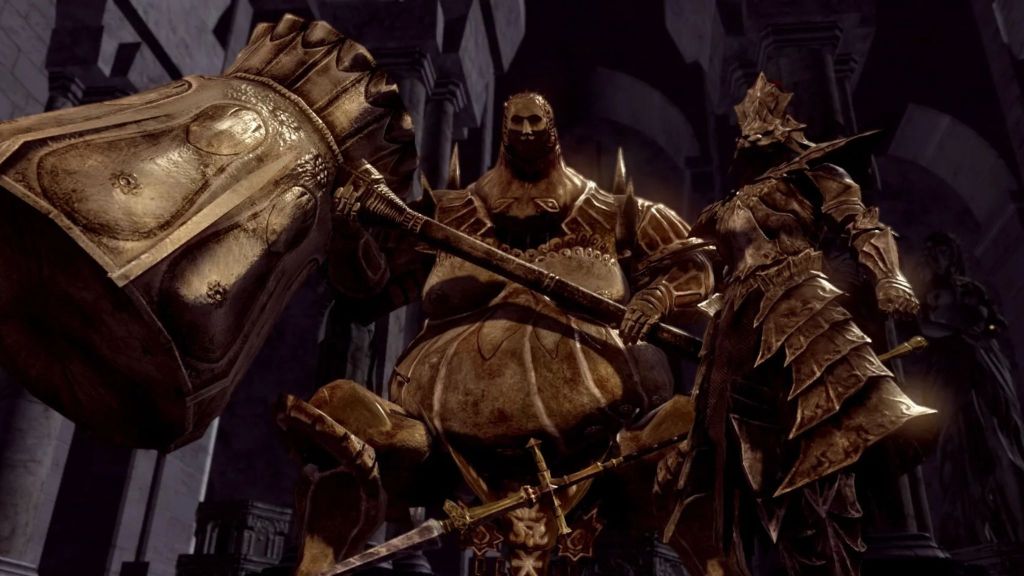
Dragonslayer Ornstein and Executioner Smough form arguably the most iconic duo in the Dark Souls series. The gameplay centers on the challenge of handling two powerful opponents simultaneously: the fast, lightning-wielding Ornstein and the slow, heavy-hitting Smough. Their contrasting styles force players to constantly manage spacing, awareness, and target priority, often using the cathedral’s pillars for cover to separate the pair. Overcoming them marks a significant moment of player progression and skill validation, a true test of fundamentals.
The fight escalates dramatically in its second phase. Upon defeating one boss, the survivor absorbs their comrade’s power, regaining full health and gaining new, enhanced abilities. This results in either a super-sized, lightning-charged Smough or a giant, incredibly fast Ornstein, depending on the order of defeat, adding strategic depth and replay value. Their role guarding Gwynevere’s chamber solidifies Anor Londo’s faded glory. The grand cathedral setting, their contrasting visual styles, and the epic music make Ornstein & Smough a memorable benchmark for multi-boss fights.
2) Knight Artorias
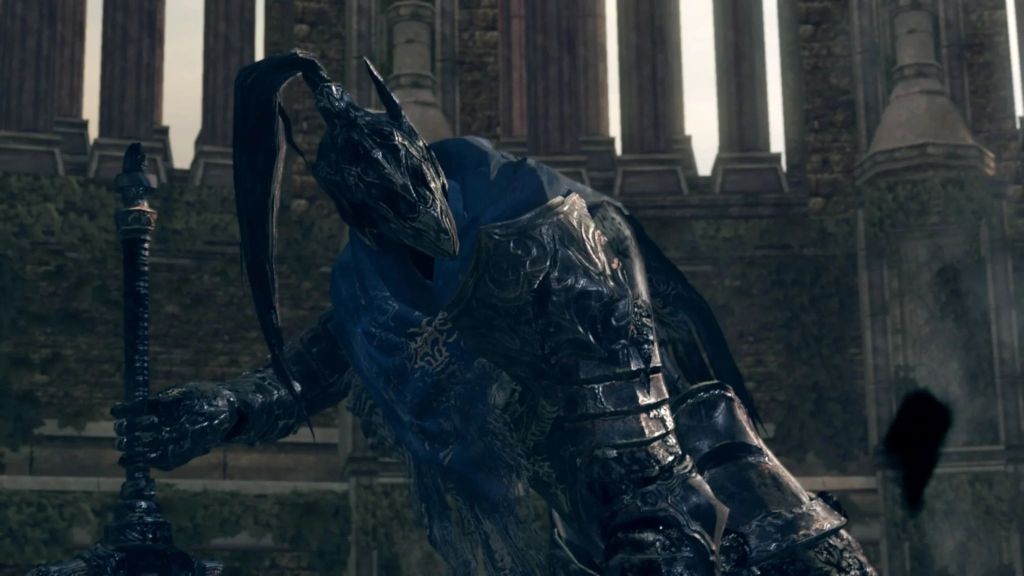
Knight Artorias the Abysswalker, from Dark Souls 1‘s Artorias of the Abyss DLC, consistently stands as the epitome of a challenging yet perfectly fair boss fight, representing the ideal Souls duel. He pits the player against a relentless opponent demanding skill and patience, all wrapped in profound tragedy. Artorias fights with incredible aggression, utilizing acrobatic leaps, powerful sword swings, and Abyss-fueled attacks that leave few safe openings. He pressures the player constantly, forcing them to learn intricate dodge timings and attack windows. Crucially, his attacks, while fast and damaging, are well-telegraphed, making the fight a learnable, intense dance rather than feeling cheap or unpredictable. Players can even interrupt his attempt to buff himself with Abyssal power, adding a strategic risk-reward element to the flow of combat.
The gravity of this encounter is undeniable, stemming directly from Artorias’ tragic lore. As one of Gwyn’s revered Four Knights, he ventured into the Abyss but was overwhelmed and corrupted by it, sacrificing his greatshield to protect his companion Sif. Players encounter a broken hero consumed by darkness, his sword arm shattered, yet still fighting with terrifying ferocity. This backstory transforms the fight into a mercy killing, putting a legendary figure out of his misery. His iconic wolf-themed armor, now tarnished, his movements blending former grace with newfound savagery, and the desolate coliseum arena all contribute to the powerful atmosphere.
1) Slave Knight Gael

Positioned at the very end of Dark Souls 3‘s The Ringed City DLC, Slave Knight Gael serves as the ultimate climax to the entire trilogy and stands as one of FromSoftware’s greatest creations. He embodies the culmination of the series’ design philosophies, delivering an epic, challenging, fair, and deeply affecting final battle. Gael’s combat evolves across three distinct phases, offering perfect balance between escalating difficulty and learnable patterns. He starts feral and aggressive with his broken greatsword, becomes more composed while adding his repeating crossbow and Way of White Corona miracles in phase two, then unleashes the full power of the Dark Soul with devastating lightning strikes and potent dark explosions in the final phase.
The sense of finality and tragedy derived from Gael’s journey across the DLCs is staggering. Encountered earlier as a guide seeking the Dark Soul pigment for his mistress’ painting, his quest leads him to the literal end of the world. There, he consumes the Pygmy Lords only to be driven mad by the very power he sought. Players find him in a desolate wasteland of ash, the last living being, having become a vessel for the Dark Soul itself. This tragic arc provides immense narrative weight and a profound capstone to the entire saga. The sheer spectacle is breathtaking: a vast, epic arena of ash beneath a dying sun, Gael’s dramatic visual transformations, spectacular attack choreography, and an unforgettable, evolving musical score combine to make Slave Knight Gael the complete package.
Which Dark Souls trilogy boss left the biggest impression? Let us know your picks in the comments below!
The post 10 Best Bosses in the Dark Souls Trilogy, Ranked appeared first on ComicBook.com.
